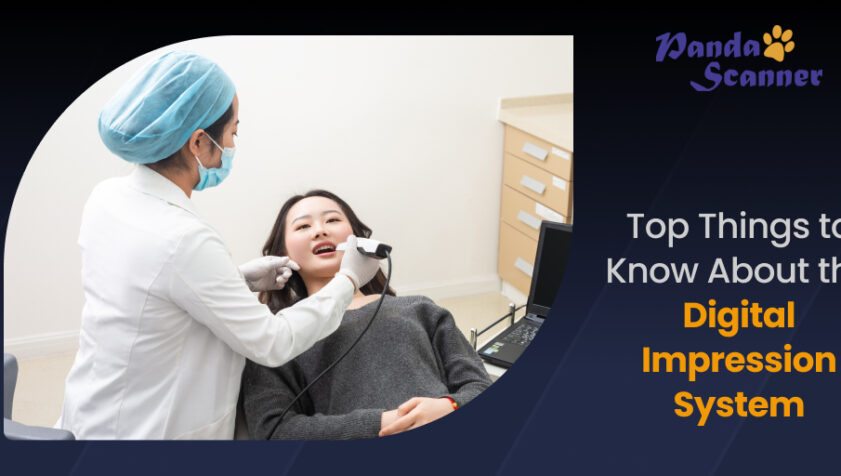Dental restoration solutions were not a simple job for dentists a decade ago. This is because the process was messy, time-consuming, and involved a lot of scope for errors. However, since the introduction of the digital impression system, the dental field has improved by leaps and bounds. Therefore, today, improving the dental conditions of patients with the help of dental restoration has become extremely easy.
Today, the dentist has the option of using optical scanning tools and lasers to fabricate an AI-based model of the soft and hard tissues of the interior mouth. Plus, using these technologies allows dentists to view the patient’s oral cavity on a big digital monitor in comparison to an X-ray or mirror that were used in traditional dentistry. And, after the impression is obtained, dental professionals can transfer it virtually to the lab, where dental restoration solutions such as crowns, bridges, and dentures are made perfectly following the specifications.

What are digital impressions?
Digital impressions are taken either by recording a video or a series of images. Both of these methods are preferred because they can yield accurate measurements of the interior of the mouth. Also, small images are captured, which are then stitched with the help of software to create a map of the patient’s mouth. Direct optical impressions are captured using intraoral scanners, like the Panda intraoral scanner. In most cases, the whole process can be seen by the patient on the chair-side monitor.
Different Types of Digital Impression Technology
Presently, digital impression technology are available in two types that are being used by dental professionals to fix any dental issues. While the first system obtains the images in the form of digital photographs and provides the dental laboratory and professionals with an array of photographs, the second system captures the photographs in the form of videos.
Now, when it comes to taking photographs, the technology uses digital or laser scanning. Laser scanning utilize focused light to obtain the right data and is safe. To explain more clearly, this technology is way more comfortable, safe, and superior in comparison to traditional dentistry, where the patients are required to carry unpleasant gummy material in their mouths to give their dental impression.
Steps to Obtain Digital Impressions
- Firstly, the patient’s teeth are prepared by dental professionals for the purpose of scanning. This is done by cleaning the patient’s mouth, where the saliva and blood accumulate, and then dusting the teeth with the help of formulated titanium dioxide powder (in case the scanner is not powder-free).
- Next, the dentist with the help of scanners such as the Panda intraoral scanner captures a series of digital images, and videos of the patient’s oral cavity, keeping especially in focus the infected area.
- Then the videos or images are patched together to create an image that can be displayed on the side screen.
- The dental professional then analyses and reviews the images and videos to determine the scan’s accuracy.
- Once the review is done, the impressions are then shared with the laboratory by the dentist to develop dental restorations for the patients in the form of bridges, dentures, and crowns.
Conclusion
By not choosing the time-consuming, messy, and complicated methods of dental treatment, intraoral scanners will become a standard process in dentistry in a few years. Plus, these digital impressions are not only error-less, but they also minimize the return, and remakes and therefore, the efficiency of dental treatment also increases this way. So, if you are a dentist but have not yet embraced the digital impression system, now is the time to give it some thought since you may otherwise fail to increase your recognition in the profession.






